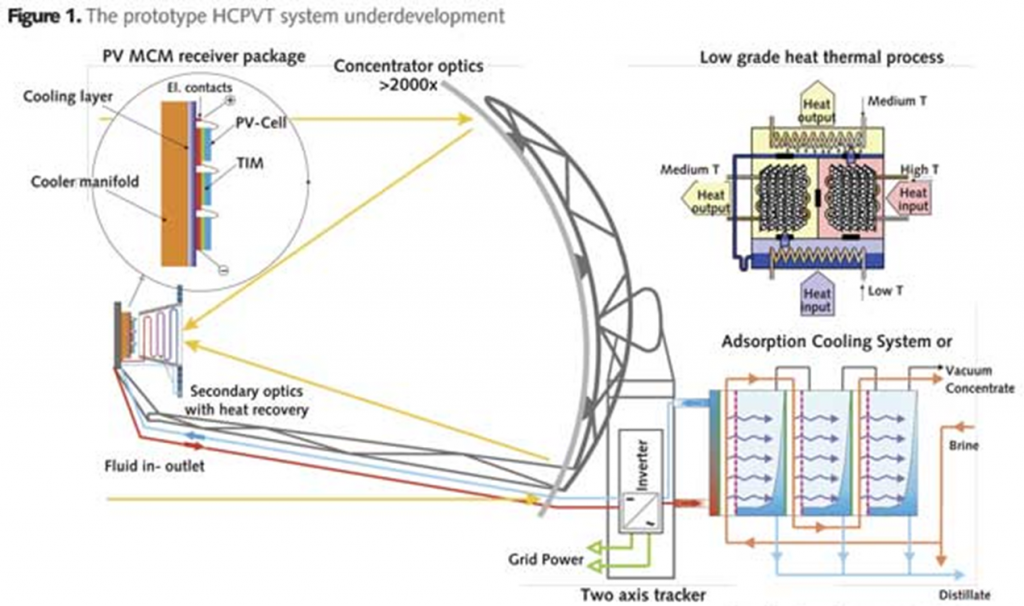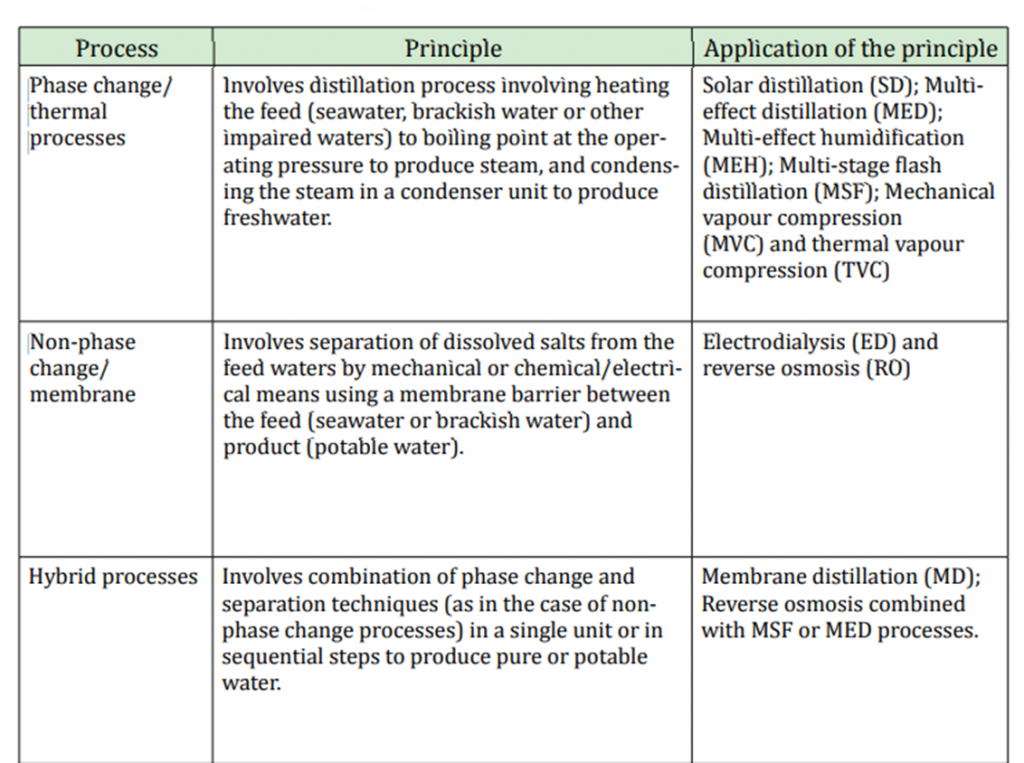
Solar energy beyond electricity: Desalination, pasteurize & so on

A tree offers many things to humans for example Fruits for direct human consumption, leaves for disposable utensils wood for fuel and building material, & various other parts which can be used for multiple purposes, The biggest of it all is a Carbon Sink.
Just like a tree, solar energy has multiple offerings, which we are going discuss one by one in this blog,
so we can understand that there are many other important applications of solar energy that exit in the human world apart from the only well-known use of electricity generation. These applications exist and are popular because they make process convenient, cheap (economy is the most dominant factor in any process sometimes only decisive factor), long life and environment friendly
Energy has long been recognized as one of the most fundamental building elements for a country’s economic and human development.
Security and accessibility of energy have become a serious concern worldwide, particularly in developing nations.
Internationally, governments and foreign assistance agencies have made attempts to improve circumstances through dedicated programs, schemes, and financial help.
Despite this, approximately 2.7 billion people worldwide rely on traditional biomass energy sources (wood, straw, charcoal, and dung) to meet their energy demands.
SOLAR ENERGY BEYOND ELECTRICITY
what does SOLAR ENERGY BEYOND ELECTRICITY actually means , for general public , how & why it can make an effect in anyone’s day to day life. We are going to find out many ways in which solar energy can be used to fullfil needs & how we can encourage every one to use it. Aim TO make world carbon neutral
Solar desalination
Desalination is a method of removing dissolved minerals (such as salts of Na, Mg, Ca, etc) from saltwater or brackish water. Traditional desalination techniques (which use fossil fuels) need a lot of energy. As a result, combining renewable energy sources like solar and wind with desalination systems is the most promising solution, particularly in distant and desert locations where grid electricity is unavailable or where power outages are frequent.

can be use in electricty genration or other process
Desalination of seawater has been identified as a viable solution to India’s limited freshwater supplies and growing demand for it due to the country’s rising population.
According to TERI, “of 575,000 Indian villages, roughly 162,000 have been identified” battle with polluted or brackish water, as well as a lack of freshwater”.
Coastal regions due to excessive pumping of groundwater, certain regions are experiencing significant salt intrusion in Groundwater.
According to reports, a substantial portion of India’s urban and rural population consumes salty water. TDS (total dissolved solids) values of 1500 to 2000 mg/liter are significantly above average’s-specified allowable limits (TERI).

Technical Specifications
There are three liquid streams in any desalination process: saline feed water, which is brackish water or seawater; low salinity product water; and brine (also called reject water).
The following are the many types of conventional desalination technologies that are now available.

Traditional fossil-fuel-powered desalination systems can be combined with renewable energy (RE) sources like solar and wind.
The best coupling of renewable energy with desalination systems is determined by several factors, including the amount of potable water required (plant capacity), feedwater salinity, remoteness, system efficiency, investment and operational costs, type and potential of the local renewable energy resource, as well as operational personnel availability.
Several combinations of renewable energy sources and desalination systems have been suggested and realized, each with its own set of features and feasibility under certain conditions.
Solar distillation:
Solar distillation uses desalination solar stills (solar energy). A sun still is a shallow triangular basin and uses evaporation/distillation for water purification in one chamber. The bottom of the basin is black to ensure excellent heat absorption and the top of the basin is covered with a clear glass tilt to ensure maximum sun radiation passes through.

Types of solar energy desalination plants
Solar thermal collectors/Concentrated Solar Power (CSP):
Solar collectors are capable of capturing solar radiation in two categories, based on the concentration ratios –
- the non-concentration type – mainly used in low-temperature applications (for instance, distillation is often done with flat plate collectors);
- the concentrated type of solar collectors – (example parabolic troughs, dish, heliostat collectors are used in CSP for power generation).
CSP plants can be combined with either RO (which uses electricity) or thermal desalination units (which use steam, such as MSF and MED).
CSP may also be combined with thermal storage and/or hybridized with coal/natural gas, allowing it to function in the absence of or with restricted solar radiation.
CSP facilities are a potential alternative for saltwater desalination because of these characteristics (IRENA-ETSAP, 2012). The table below shows the many solar collector combinations that may be used with various desalination methods.
Solar photovoltaic (PV) modules:
Photovoltaic (PV) technology may be directly linked to desalination processes that use electricity as the input energy, such as reverse osmosis (RO) or electrodialysis.
Because of its inherent simplicity and low specific energy consumption, the possible coupling of solar PV electricity with RO has piqued attention.
PV modules have become more affordable in recent years, making solar PV-powered desalination systems a viable alternative.
Building a solar PV-RO system without a battery and incorporating hybrid processes such as solar PV-RO/ultrafiltration/nanofiltration that can lead to reduced specific energy consumption can offset the capital and operating expenses (frequent replacement of RO membranes) associated with solar PV-RO.
Market for Applications
There are approximately 53,000 habitations in India with a salinity of more than 1500 mg/liter, the majority of which are located in isolated and arid locations with salty water. The majority of salinity-affected areas in India are in high-radiation zones (5.4 to 6.4 kWh/m2) (annual average). The problem of water shortage is more acute during the summer, but because solar insolation is higher than usual, desalination systems become more effective.
Benefits
Desalination has the most significant environmental impact in that it decreases the demand for traditional water supplies and greenhouse gas emissions (GHG). Desalination systems powered by solar or wind can reduce the expense and negative environmental impacts of traditional desalination systems that use fossil fuels like diesel.
Remaining topics will be covered in successive parts of SOLAR ENERGY BEYOND ELECTRICITY , Subscribe to our newsletter to know when new articles like these are published.




Leave a Reply